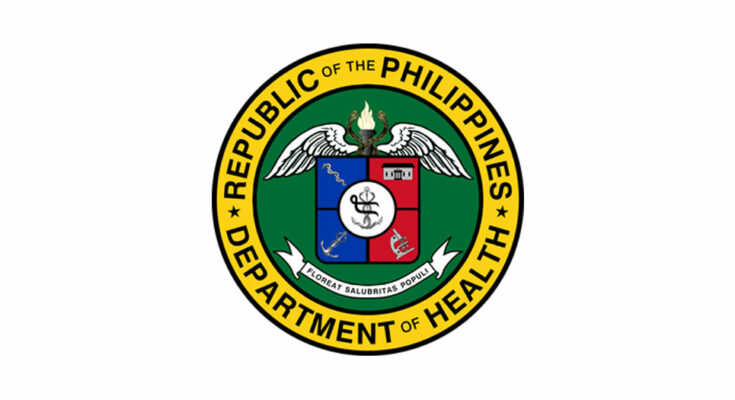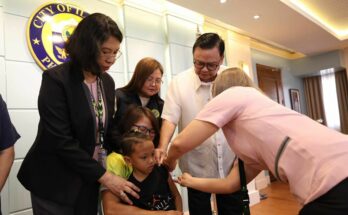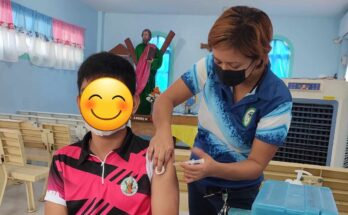The Department of Health (DOH) has detected and isolated the fourth confirmed case of Monkeypox in the country. The fourth case is a 25-year-old Filipino national with no documented travel history to or from any country with documented confirmed cases of Monkeypox. The case was tested and confirmed positive for Monkeypox via real time Polymerase Chain Reaction or PCR by the DOH Research Institute for Tropical Medicine (RITM), with results released August 19, 2022. The case is being cared for and is admitted in an isolation facility.
Intensive case investigation and contact tracing is ongoing. To date, fourteen close contacts have been identified. One is currently taking care of the case in the isolation facility while six are undergoing quarantine. One is a healthcare worker who had complete personal protection equipment (PPE) at time of consultation of case, assessed as low risk, and is now self-monitoring. Details of the other six are being verified.
All four confirmed Monkeypox cases in the Philippines are unrelated to each other. The first case has already recovered and been discharged from isolation as of August 6, 2022. The second and third cases are still in home isolation and in stable condition. No new contacts of these cases have been identified.
Monkeypox is not considered a sexually transmitted disease, but it is often transmitted through close, sustained physical contact, which can include sexual contact with those who have rashes or open lesions. It is not like COVID-19 that spreads mostly through the air. Monkeypox symptoms are mild, and the disease is rarely fatal.
Everyone can help prevent the spread of Monkeypox. Avoid close, sustained physical contact with suspected cases, especially those with rashes or skin lesions. Keep hands clean. Wear a face mask. Cover coughs using the elbow, and choose areas with good airflow. The DOH wishes to emphasize that anyone may get Monkeypox. If you have a travel history to countries with Monkeypox, or have come into close and sustained physical contact with people who have rashes or open lesions, and then have symptoms like fever, lymphadenopathy or “kulani”, and rashes, seek immediate medical attention. This will help hasten recovery.
“Acing tandaan na magkaiba ang Monkeypox at COVID-19. Ang Monkeypox ay kumakalat kapag nadikit sa balat ng may sakit na ito na siyang nakikitaang may mga butlig, o kava sa kagantitan na nahawakan ng may sakit. Kung nakararanas ng lagnat. pamamaga ng kulani, at mga butlig sa balat, agad na kumonsuha sa pagamutan (Let as remember that Monkeypox is different from COVID-19. Monkeypox spreads through skin-to-skin contact with cases who have rashes or skin lesions, or with objects that have come into contact with the case. If you have fever, swollen lymph nodes, and rashes or skin lesions, immediately consult your healthcare provider),” said Dr. Maria Rosario Singh-Vergeire, DOH Officer-in-Charge.
For more information, please access: bigy/MonkeypoxFaels. (DOH PR)



